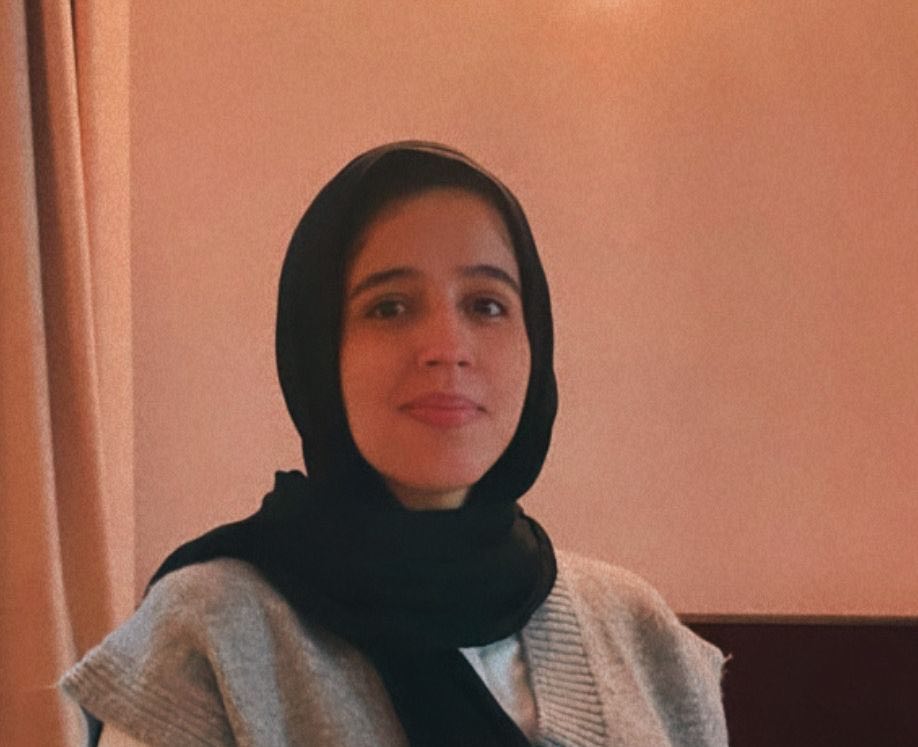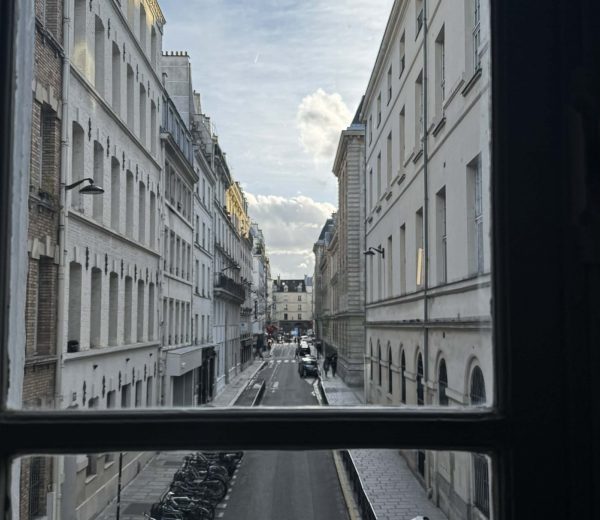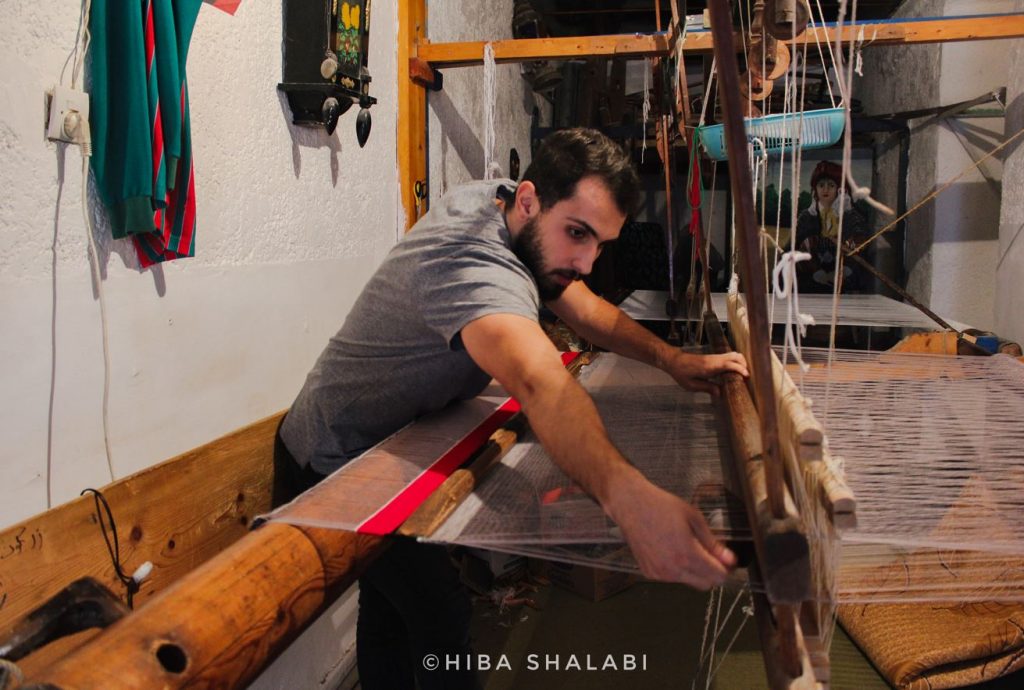
Culture grows with the growth and development of societies. Each society has its own culture that reflects its personality and identity. Therefore, cultural development, in our time, is receiving significant attention. Culture is the basis of progress and prosperity and the fruit of the efforts that formed successive human civilizations. For Libya, culture is an essential variable in the formation of Libyan society. Society faced and still faces many changes and transforming events due to changes in the political and economic powers.
Diverse in Culture
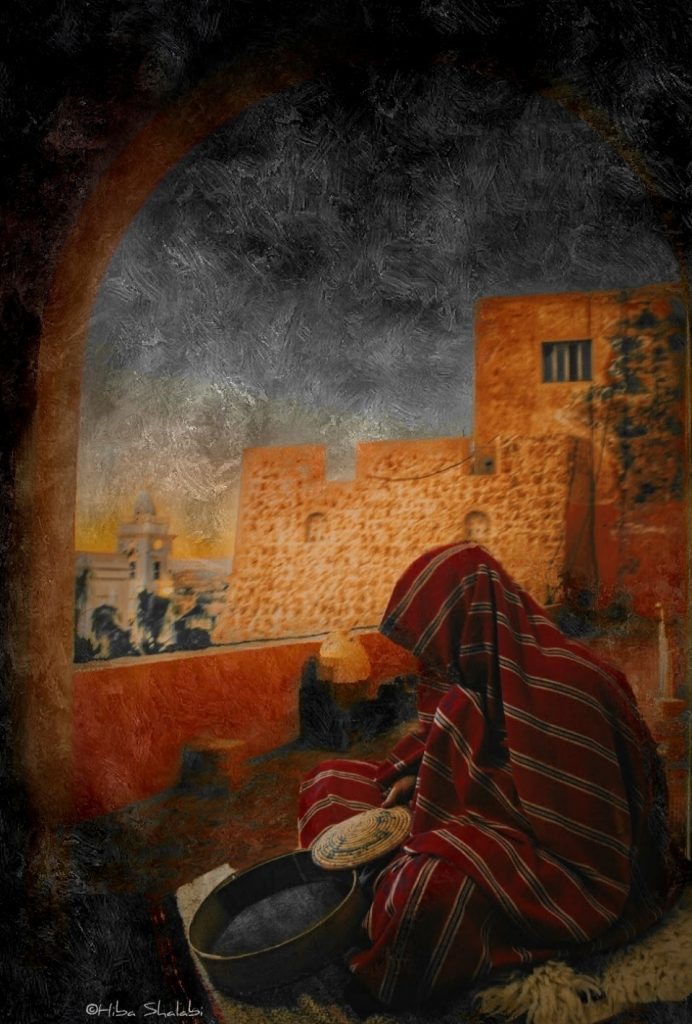
This cultural diversity represents a significant criterion in the scale of civilization. The Libyan community is one of the most diverse communities in the MENA region. It consists of Arabs but also minority groups. The Amazigh community resides mainly in the Nafousa Mountains region. The culture impacted Libyans within; it impacted foreigners who lived in Libya and left later on in their lives. You will find them still remembering the practices they witnessed. People come from different parts of the world. From the US, Europe, and Asia to interact with the Libyan culture and learn from it.
In addition to the Tabu and Tuareg in the southern region in the Libyan desert, the diversity was overshadowed on purpose by the former regime in Libya. For 42 years in power, Gaddafi’s rule tried to define and reflect Libya. Based on his ideologies and beliefs, not necessarily the country’s people.

The political powers managed to bury the diversity of Libya and impose Arabism on the entire nation. It tried to reflect the notion of Arabism to neighboring countries to identify Libya as an Arab country. However, post the revolution in 2011, the power of culture overtook the scene. It emerged back to the surface through embracing and re-introducing/re-representing their cultures within the whole Libyan culture.
Libya, a country by the Mediterranean, has faced numerous changes throughout history. However, the cultural heritage deeply interlinks with its rich history and society. Regardless of the technological development and modernity of the world, the cultural impact remains present within society and the interaction of people. The Libyan culture is as diverse as the community in Libya. The traditional practices remain embedded within the daily lives of people.
The Culture’s Impact Felt Throughout History
In addition, the preservation of traditional practices shows a significant impact on the Libyan culture. However, the past ten years in Libya following the revolution have opened opportunities. To learn and unfold stories of culture in Libyan society. They are learning and discovering the details of the present. Also, past practices are part of the making of the Libyan culture—for example, Libya’s Jewish community and its influence. Mainly in the 1940s, 1950s, and 1960s before their final exile. It is still felt and observed in corners all over Libya. The presence of the six-angle stars in the old historical arches in Tripoli’s ancient city. These symbols are used to kick out evil souls.
On the other hand, the features of the Tuareg culture consist of the poetry they compose. They call (Tiswai) the recital art (Tinfusin), which they are distinguished for, and the lyrical art (Asohagh). It plays a massive importance in social events and gatherings. People of Tuareg make sure to celebrate it in every way possible.
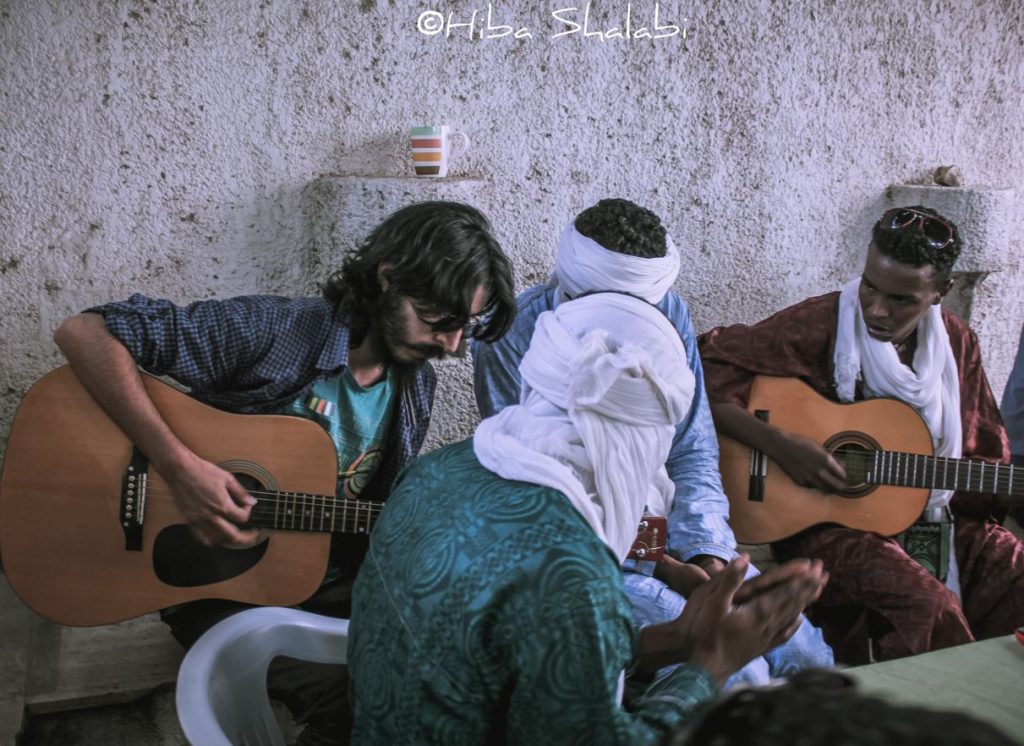
Keeping the Details Alive
In addition, the popular Libyan dress is no longer based on Libyan occasions, holidays, or rituals. It was a big reason for its industry to witness a colossal commercial failure. As the number of people specialized in this type of dress began to decrease. Now local designers are using traditional Attire to show the modern world designs. To make it reachable and known by a wider audience.
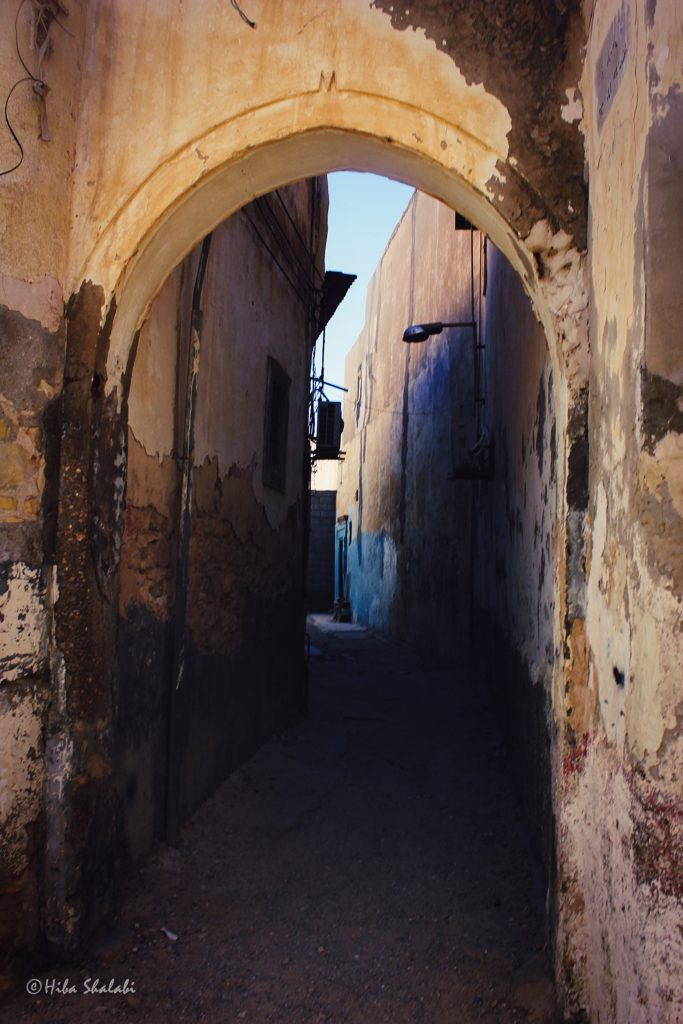
Libyans are very keen on inheriting the traditional dress of their young sons and daughters. Therefore, we see them wearing it on social occasions and moving around in their joyful clothes in a scene that gives happiness to the soul. Yet, you will find it different from one city to another, given the region of focus. However, most often, people use the same pieces of clothing. The diversity is in the way they dress or their quality.
Some of them are made of silver and silk, and some are embroidered with gold. On occasions, holidays, and some significant occasions, this dress is not complete without the presence of gold. Especially the Attire that is worn by women. It is crucial to address the different attires worn by women of different ages. The new bride, the married women, the older women in families (mainly grandmothers). This indicates the uniqueness of the Libyan Attire and the specific details of wearing this Attire.
Photography Work by the Libyan Photographer Hiba Shalabi
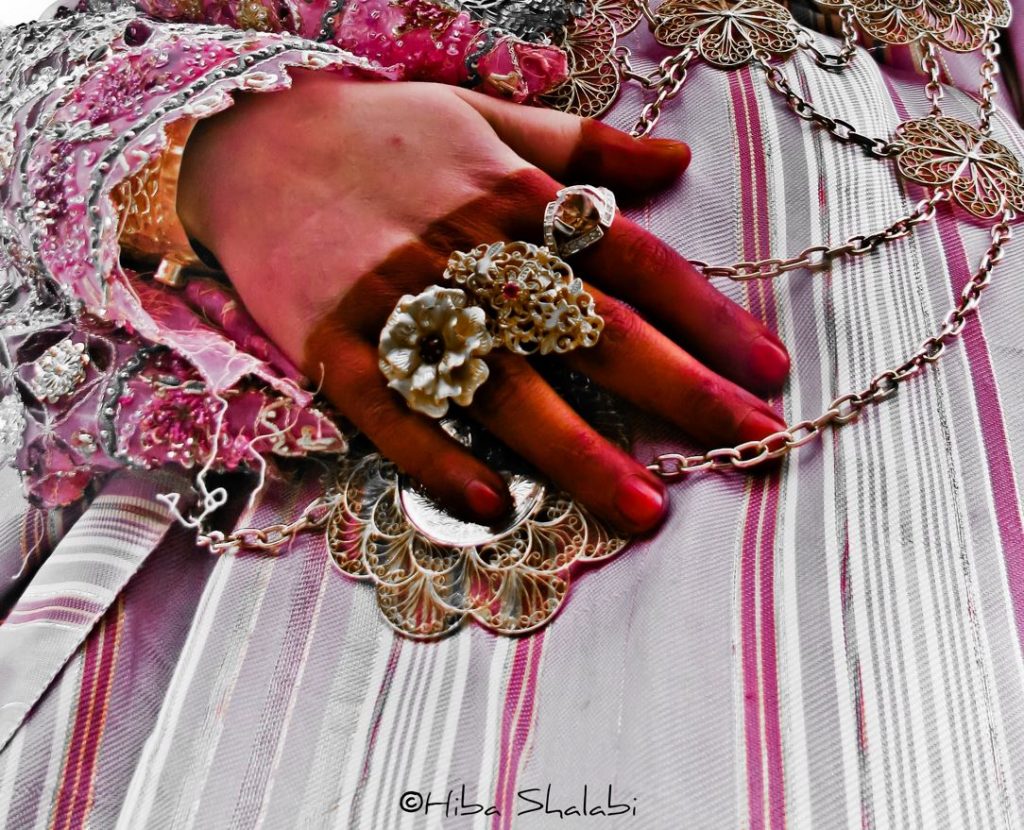

The diversity of culture in Libya has given people the chance to discover it in detail. Libyans still find ways to showcase their culture in modern forms. This allows for the comprehension of this culture from other communities outside of Libya.
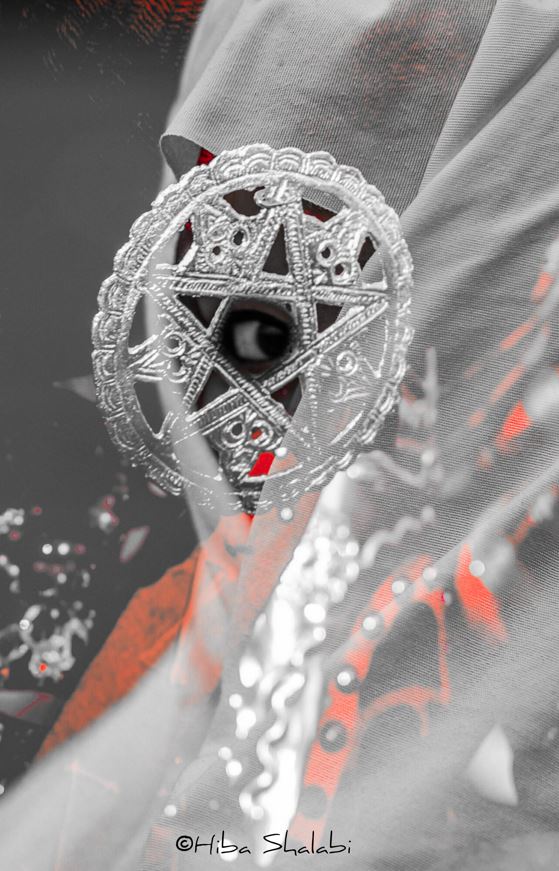
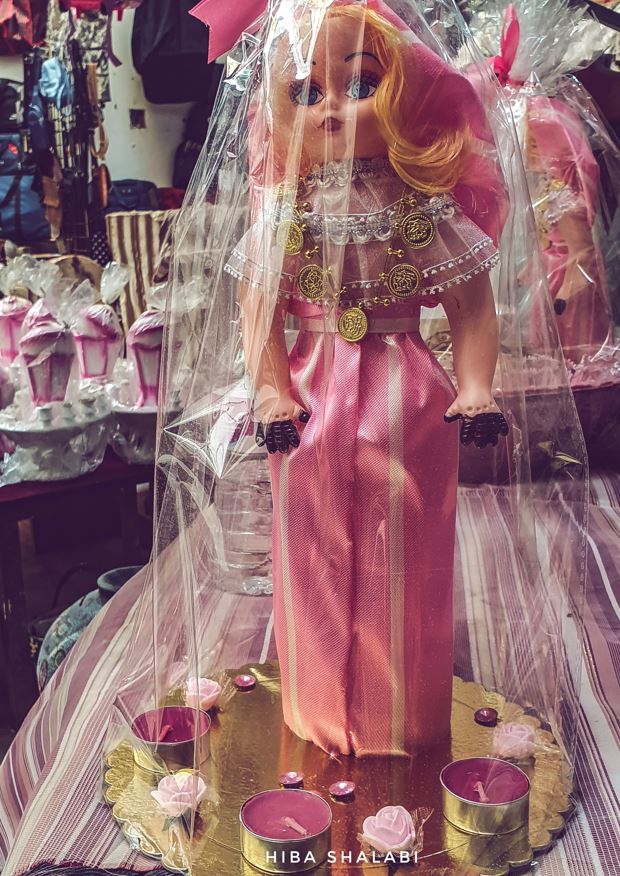
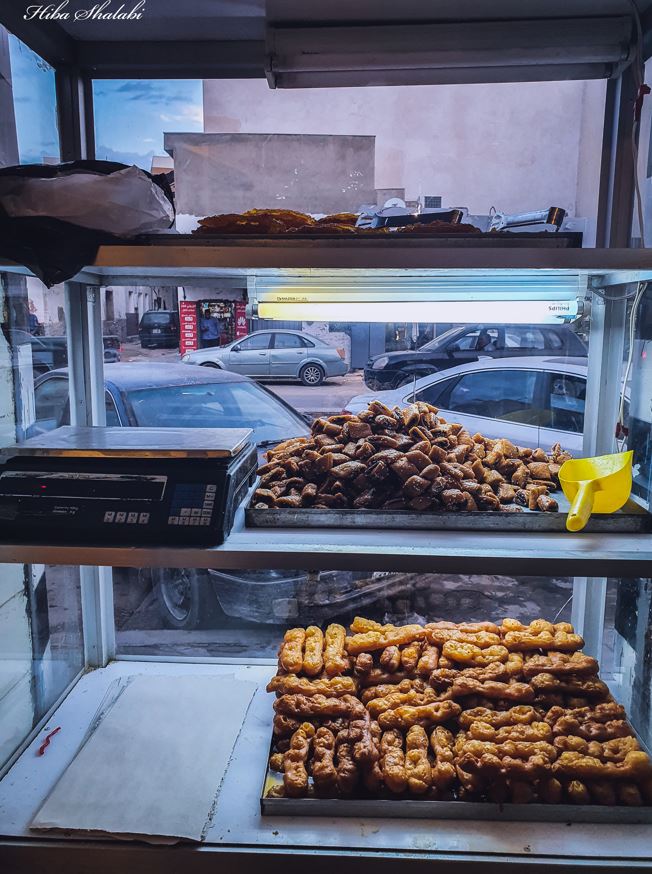
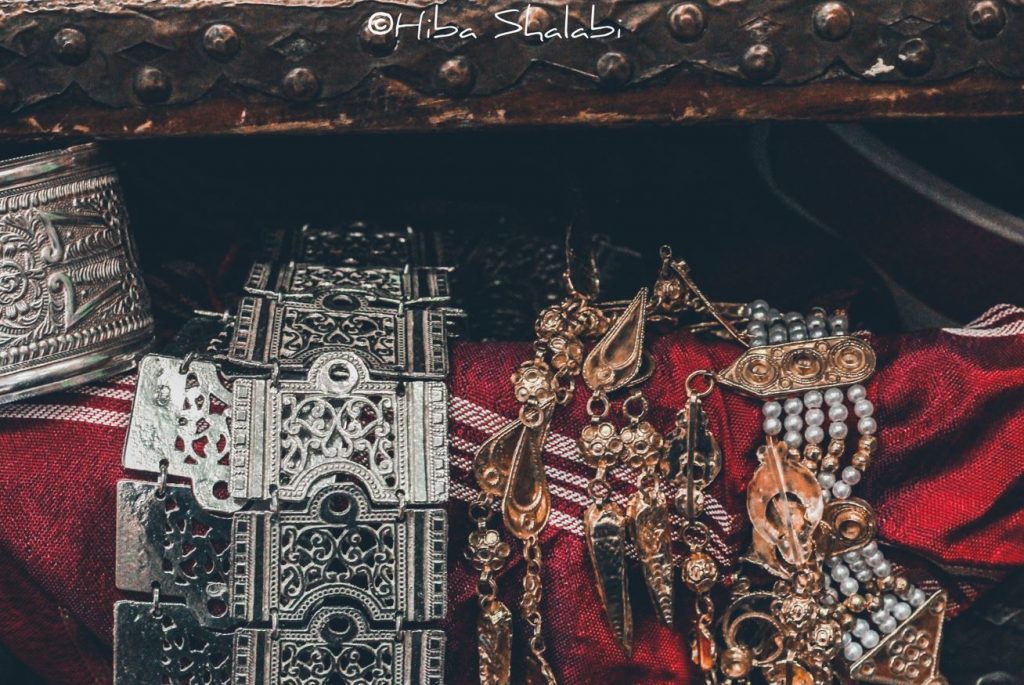
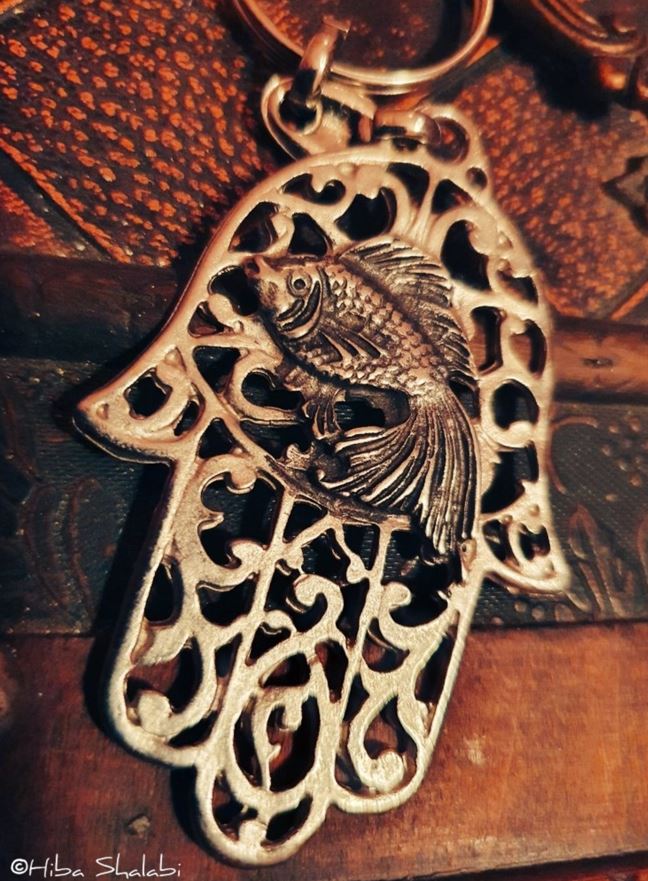
Please note that this work collaborates with the Libyan photographer Hiba Shalabi.
